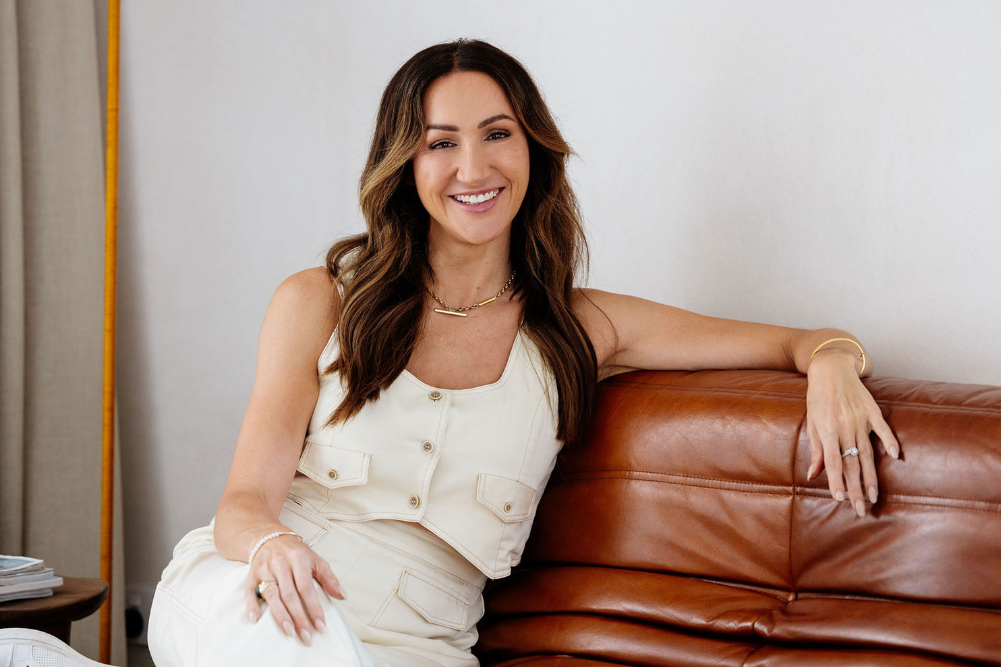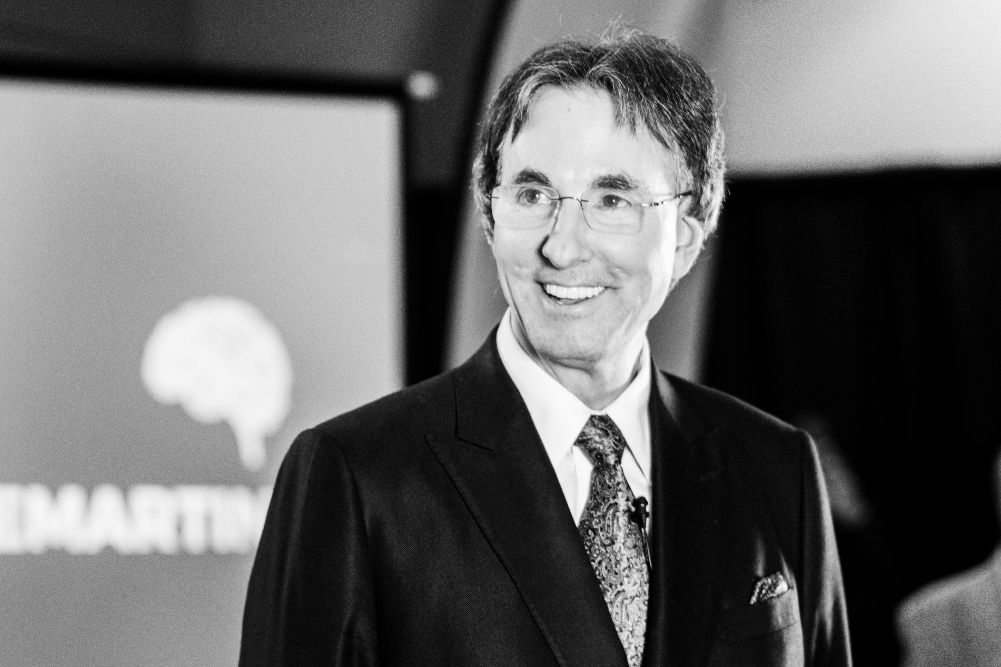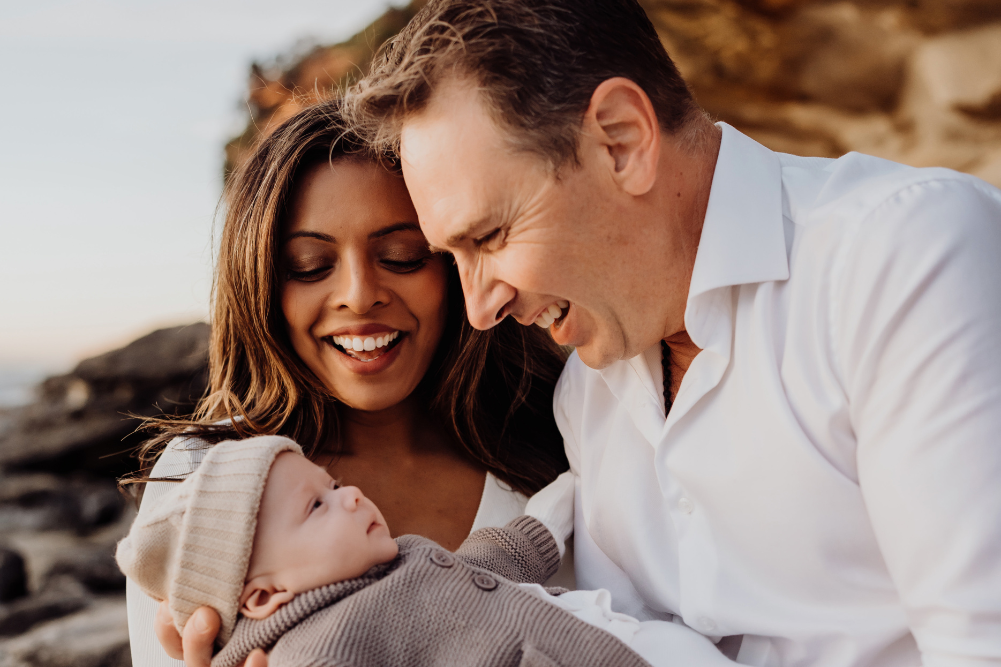Meet Cheryl Richardson and explore”extreme self-care”
When Cheryl Richardson first met Louise L Hay, she couldn’t speak. Despite rehearsing her lines and psyching herself up for days, when the moment finally arrived and she was sitting in a car with the founder of Hay House Publishing and author of You Can Heal Your Life, she froze; didn’t say a word.
Fast forward 20-odd years, and Richardson has now co-authored a book with Hay. Appropriately titled You Can Create An Exceptional Life, an exceptional life is exactly what Richardson has created. If you ever doubted the power of life coaching and how your thoughts can create your best life, Richardson’s story will change your mind forever.
Richardson is the author of The New York Times bestselling books, Take Time for Your Life, The Unmistakable Touch of Grace and The Art of Extreme Self Care, and was the first president of the International Coach Federation. She was the team leader for the Lifestyle Makeover Series on the Oprah Winfrey Show and has hosted several of her own lifestyle makeover programs. She now travels the world coaching and speaking to thousands of men and women on the path of self-development and success.
From tax to life planning
As the oldest of seven children, Richardson had an early start helping others. Growing up in such a large family, she remembers “changing diapers when I was five years old” and says that early training to be a “good little helper and a good little girl” stayed with her for many years. “What we learn very early on in life often dictates the way in which we live.”
When she was older, Richardson went to work within the family business as a tax consultant, where she found herself working with clients on more than just their financial problems. Soon, she found herself becoming more interested in helping them plan more of their lives than just their money. “The time I spent with clients was often very personal, requiring an intimate look into their lives. Typically, we’d talk not only about their finances but also about their medical history, family goals and career plans. The questions they asked often concerned decisions that needed to be made about relocation, relationship conflicts, business dilemmas or the challenge of balancing work and family. This led to longer conversations about life in general.”
Richardson loved this side of the work. “They needed a sounding board, an objective listener who could provide a fresh perspective. I learned how to create an environment in which people could feel comfortable and safe enough to talk about their lives freely, and together we would find solutions to the problems that were causing them stress. Sometimes, simply hearing an objective perspective would make all the difference in the world. Other times, finding the right language to communicate their needs allowed them to get unstuck and take action. Most importantly, though, I found that knowing they were not alone and that others grappled with the same kind of issues provided them with comfort and much-needed support.”
Over time, Richardson became less interested in preparing people’s tax returns and decided to start running workshops in other areas of their lives instead. “I began to hold workshops called ‘Secrets of Success’ and spoke to groups about everything from goal setting to relationship-building strategies. People were relieved to find someone who could help them overcome obstacles to better their lives. One thing was becoming very clear to me: there was a need for ‘life planning’ but there was no one to turn to.”
Coaching to be a coach
As her passion for helping others in areas other than their financial problems grew, Richardson decided to enroll in a very new phenomenon: life coaching. Although a fairly unknown area at that stage, her work with tax clients until that point had shown her there was a huge demand from people wanting guidance and skills in making their dreams a reality.
“When I reached my late 20s, I left the family business after being introduced to a gentleman who was a coach. He had created a coach training process and I enrolled in a Master Coach training program and started doing life planning exclusively.”
Richardson soon discovered, though, that to be a good life coach you need your own life in order and found herself being coached in the process, too. “The first year of my training was spent getting my own life in order — improving my finances, strengthening relationships, clearing the clutter from my life, getting my priorities straight.”
In the first session, the coach, Thomas Leonard, asked her to tell him about her life and for the next 20 minutes she ran through everything she was doing, from running career-planning seminars to offering business-development counselling, volunteering for a local job search organisation, even helping friends and family. Thomas’s response changed Richardson’s life.
“He said, ‘Wow, you do a great job of taking care of a lot of people. You’re such a good person.’ Then he added, ‘And the truth is, Richardson, your ‘good girl’ role is going to rob you of your life.’” The good girl that had changed nappies at age five was still struggling to be a good girl to everyone else. Richardson realised then that all this helping others was leaving no time for herself and for doing what she wanted to do.
“I’ve grappled with the same issues my clients were dealing with. I’ve worked ridiculous hours, built a successful business, made plenty of mistakes in relationships and paid little attention to my health. But over the years of coaching and writing and speaking to people, I have made the changes I have needed to take care of myself. I’ve made the changes that allow me to live exactly as I want to live.
“While I no longer work with individual clients due to my writing and speaking schedule, all of my work helps people to live more soul-directed lives — lives that honour their values and most treasured priorities, spending their time on what matters most, building solid, two-way relationships with others and finding and expressing their unique talents and gifts.”
Creating an exceptional life
Richardson’s latest book is the perfect example of how your thoughts can manifest your best life — a life beyond your wildest dreams! Reflecting on how she has gone from working in her father’s tax firm to co-authoring a book with Louise Hay and appearing on stage alongside her at workshops and conferences around the world, Richardson says she is living proof that what she and Hay speak about really works.
“It was the mid-1980s and I was a young woman trying to find myself. You Can Heal Your Life was one of the first books to set me on my own healing path. At the time, I was volunteering at a holistic education centre and Louise was going to give a lecture about her book — and I was asked if I could drive her from the airport to her hotel.
“Can you imagine?! As I drove to the airport, I had to keep reminding myself to keep my excitement in check, avoid bombarding her with questions and give her plenty of space.” When Hay’s flight was delayed for two hours, Richardson’s excitement never waned. By the time Hay finally arrived, Richardson’s nerves got the better of her. “We sat in the car, next to each other, and I barely said a word all the way to the hotel!”
Now, all these years later, their co-authored book, You Can Create An Exceptional Life, is helping thousands of men and women make their own dreams come true. “It’s still pretty amazing to me that we have written a book together, given that we first met all those years ago when I was just a volunteer. Never in a million years could I have thought up this! But here I am.”
The art of Extreme Self-Care
A big part of Richardson’s message is the importance of self-care, or “Extreme Self-Care” as she describes it. Once again, introduced to her by her first coach, Thomas Leonard, the idea of Extreme Self-Care is one where you put yourself, your health and your wellbeing first — above all else.
When she first started with Thomas, the idea of putting herself first was still totally foreign … “arrogant and selfish even”. When he suggested that she schedule time for herself in her calendar every day for the next six months, she baulked at the idea.
Introducing Extreme Self-Care also meant surrounding herself with supportive people who were only interested in two-way relationships, eliminating clutter in her life, creating a soul-nourishing environment both at work and at home and not over-committing herself — and releasing the guilt associated with that. As a former “good girl”, this was a challenge.
“At first I had great resistance to the idea of Extreme Self-Care. A massage once a week? How could I ever afford that when I had to pay my rent? Time to myself every day? I could barely find time to go to the bathroom, let alone for a walk at lunch. And I soon discovered making these changes wasn’t easy. When I look back now, I can see that I was challenging a legacy of self-sacrifice and over-giving passed to me by generations of women in my family — the same legacy that confounds so many women even now.”
Richardson learnt making her self-care a priority meant letting go of her addiction to people liking her, and releasing the anxiety she felt when she had to say no to someone. “After years of practising Extreme Self-Care, I’ve realised something ironic: if you want to live an authentic, meaningful life, you need to master the art of disappointing and upsetting others, hurting feelings and living with the reality that some people just won’t like you. It may not be easy, but it’s essential if you want your life to reflect your deepest desires, values and needs.”
The world around you
Described as a sensitive person her whole life, Richardson says that, over the years, she has developed ways to protect her sensitivity. In a world in which we are so often bombarded with news, images and information — often negative and overwhelming — Richardson says that anyone who is sensitive needs to be mindful of the information they take in and how they interact with the world around them.
“It’s very important to recognise that what we see, what we read and what we hear has a profound effect on our emotional and physical health. Therefore, it’s extremely important that we wisely choose what we allow in.”
Now, Richardson chooses to get news online from reliable sources that feel safe and comfortable to her. She says she doesn’t hesitate to stop a conversation that she believes is heading in a direction that might hurt her or others in the conversation. If she starts to read an article or watch a show and she feels uncomfortable, she stops reading or watching.
So, does Richardson worry at all about the current state of the world and the environmental, financial and social problems we see in both the United States of America and the rest of the world? “I don’t worry about that. Instead, I choose to put my energy where it’s most valuable: optimism in the goodness and resilience of the human spirit and a belief in the highest and best outcome for humanity.
“Of course, there are moments or days when I worry, but what I’ve learnt is to catch myself at it and then congratulate myself for catching myself worrying. I then focus on turning my thoughts in a more positive direction.”
That’s how you go from driving Louise Hay from the airport in stunned silence to international best-selling author.
Amy Taylor-Kabbaz is author of an e-book 21 Days to Master Reconnection with Yourself (While Still Being a Great Mum!). You can find her book and writing at amytaylorkabbaz.com and follow her on Twitter: @amytaylorkabbaz







